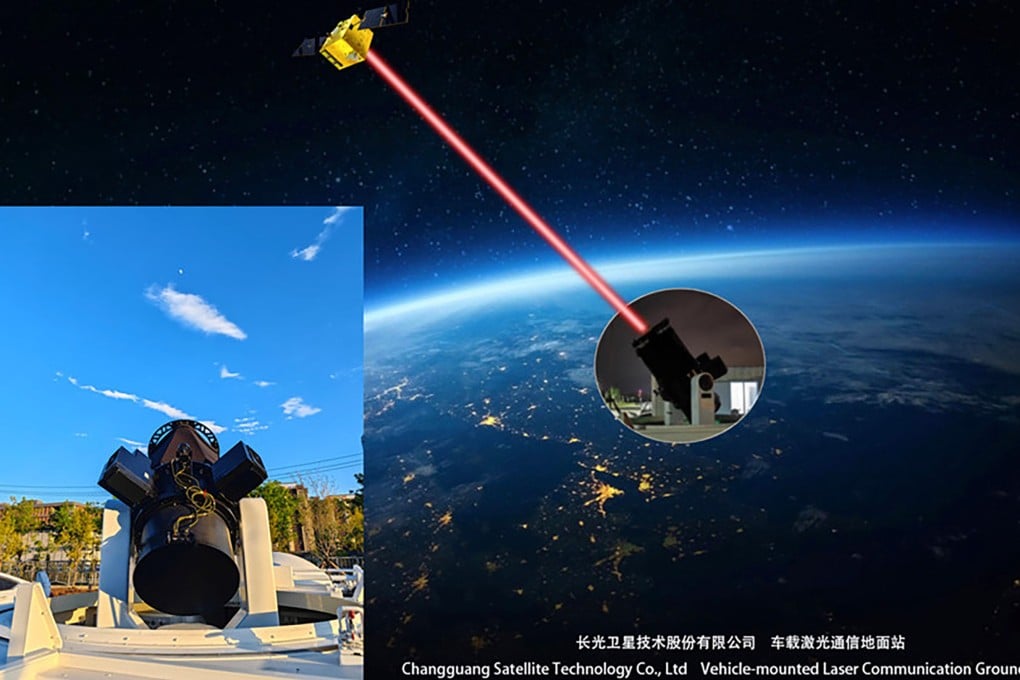Advertisement
Chinese scientists turn largest Earth surveillance network satellite upside down to hunt killer asteroid
- Details have been revealed of a 2022 mission by a satellite so powerful it can see an ultra-dim target in space from 2 million km away
- It has shed new light on China’s satellite capabilities, and may give the US more cause for concern over Beijing’s growing space power
Reading Time:3 minutes
Why you can trust SCMP
33

Stephen Chenin Beijing
A giant asteroid hurtles towards Earth on a path that could potentially end in disaster.
Known as 1994 PC1, it is as big as San Francisco’s Golden Gate Bridge, but as astronomers try to pinpoint its exact position, its distance of 2 million km – five times as far from Earth as the moon – poses a significant challenge.
But there is a solution: a Chinese Jilin-1 satellite in a near-Earth orbit. Normally it observes our planet. Instead, it executes an unprecedented manoeuvre. It flips over, aims its lens into the depths of space and begins snapping photos each second. These images not only capture 1994 PC1 – they also help scientists reduce the orbit positioning error of the asteroid to just 33km, improving the ground-based telescopes’ accuracy by two orders of magnitude.
Astronomers can now definitively see that 1994 PC1 is not on a collision course with Earth, but will pass safely by.
This was a mission that took place in January 2022, but has only now been revealed after recently being declassified by the Chinese government.
And it sheds new light on the powerful observation capabilities of Chinese satellites. These are capabilities that are causing concern for Western countries, particularly the United States, as they worry that China’s growing space power could be used for military purposes.
Advertisement